Five Smoky Secrets that Illuminate the Hidden World of Tobacco Enthusiasts
Understanding the variety and uniqueness among tobacco breeds can be a key first step for anyone looking to dive deep into the world of tobacco. Behind the smoky veil of the industry, you'll find an astounding array of tobacco breeds, each with its unique flavor, strength, and aroma. Any tobacco enthusiast would agree that knowing your Virginia from your Burley, or your Perique from your Oriental, is elementary.
Virginia, known as the "Bright Leaf," is the most common breed and forms the backbone of many commercial blends. It's prized for its naturally high sugar content and bright, sweet flavors. Burley, on the other hand, is slower burning, has a more robust, earthy flavor, and is often used to balance out sweeter blends. Perique, a scarce and valuable breed, is famed for its powerful, spicy flavor. Oriental tobaccos, conversely, are smaller leaf varieties with a characteristically exotic, often aromatic taste.
Knowing the characteristics of these breeds not only allows enthusiasts to choose their blends wisely but also deepens their appreciation for the rich array of smoking experiences. A deeper understanding of these will help make clearer the distinctions between different blends, producers, and traditions in the world of tobacco.
The Origins and Processes that Influence Tobacco Flavor
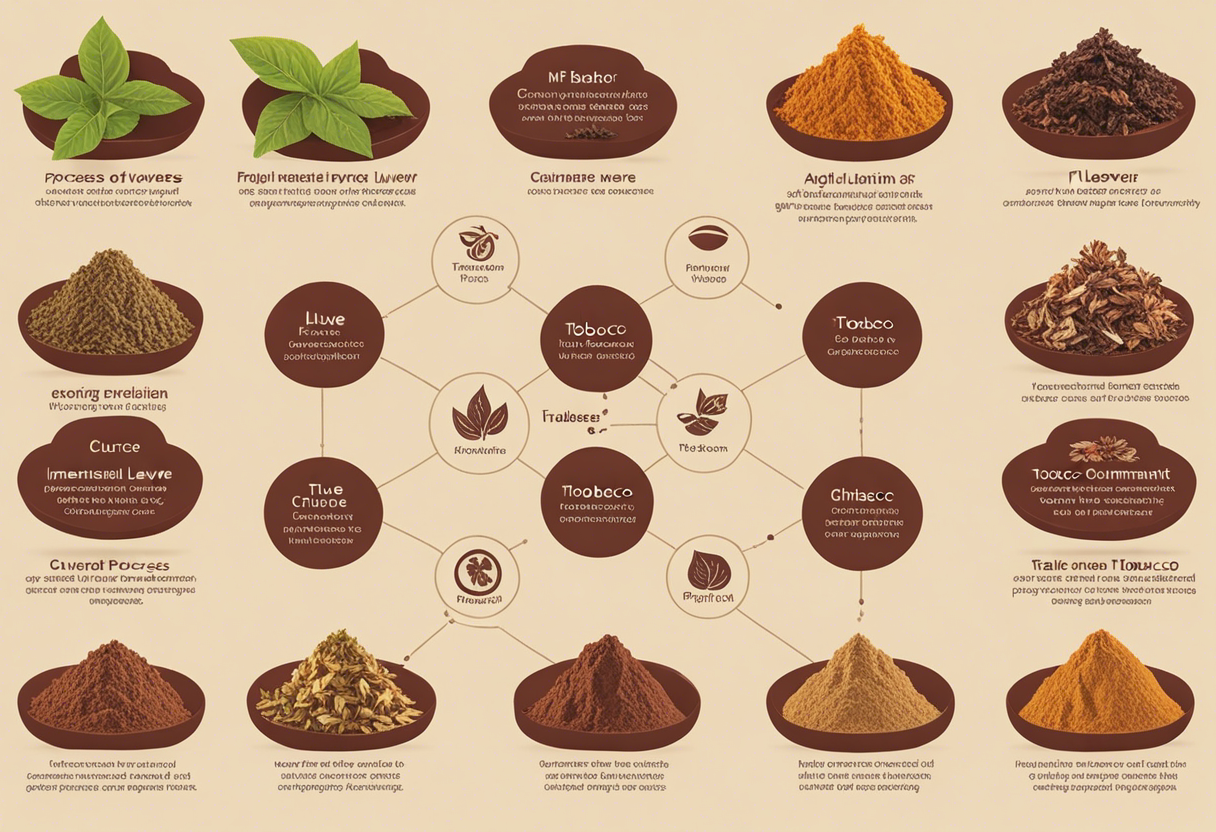
Every puff a tobacco enthusiast takes is influenced by a myriad of factors from soil quality, weather conditions, processing methods, to the specific breed of the leaf. The careful nurturing of tobacco plants in different terrestrial regions directly impacts the flavor profiles in the resulting leaf.
Much like wine, the place where tobacco is grown greatly influences its taste. This is referred to as 'terroir.' For instance, Connecticut shade tobacco, grown under tents to shade it from the sun, has a mellow, creamy flavor unique to the region. On the other hand, Nicaraguan tobacco, known for its richness, often has a spicy kick due to the country's volcanic soil.
The post-harvest process adds another layer of complexity. Tobacco leaves are often aged, fermented, or flue-cured before they are finally ready for use. Each of these processes imparts distinct flavors and characteristics to the tobacco.
The Art of Pipe Smoking
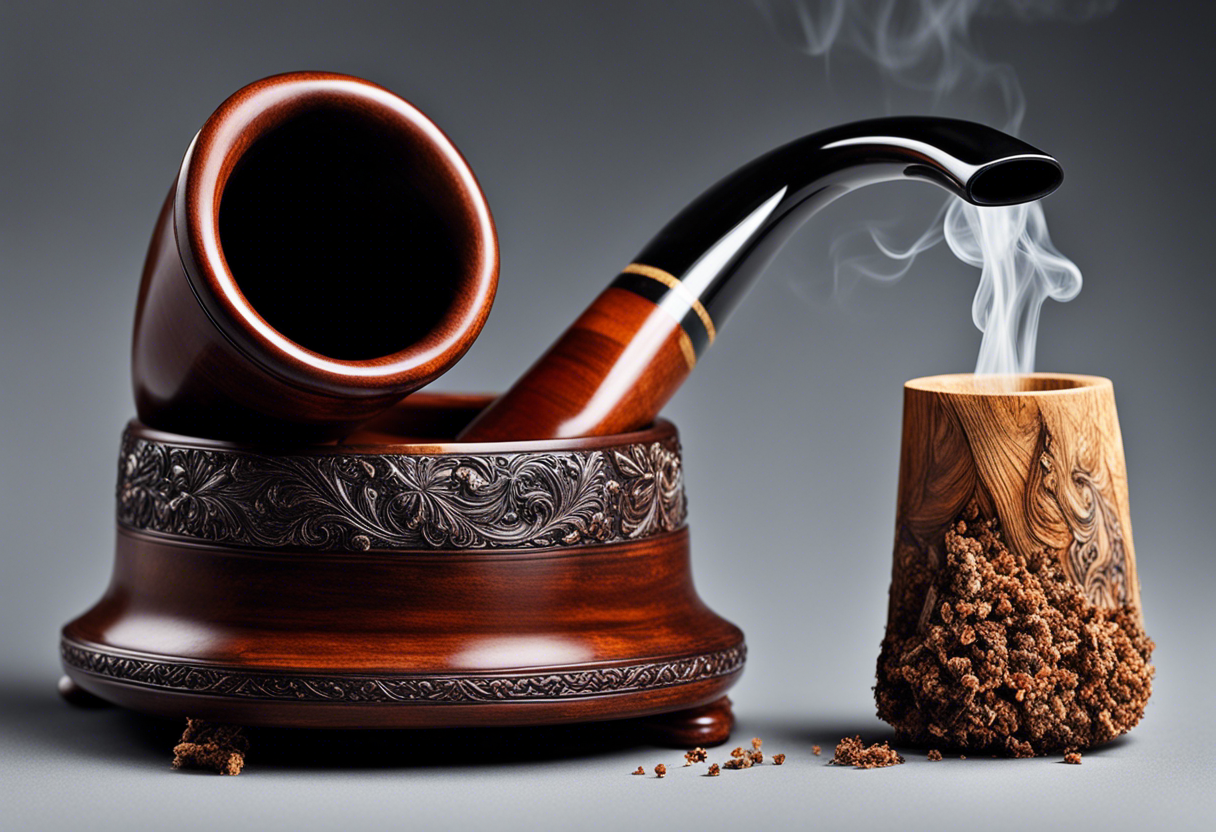
Pipe smoking is not mere habit, it's a centuries-old ritual steeped in tradition. A true tobacco enthusiast knows that smoking from a pipe elevates the act from a mere habit to an art form, requiring skill, patience, and an appreciation for the finer subtleties of the experience.
The pipe itself is as much a part of the smoking experience as the tobacco it carries. Different pipe materials, like briar wood, meerschaum, or clay, impact the flavor and burning properties of the tobacco. Furthermore, the shape and size of the pipe can influence how the smoke flows and cools, affecting the flavor.
Cigar Nuances: From Leaves to Lighting
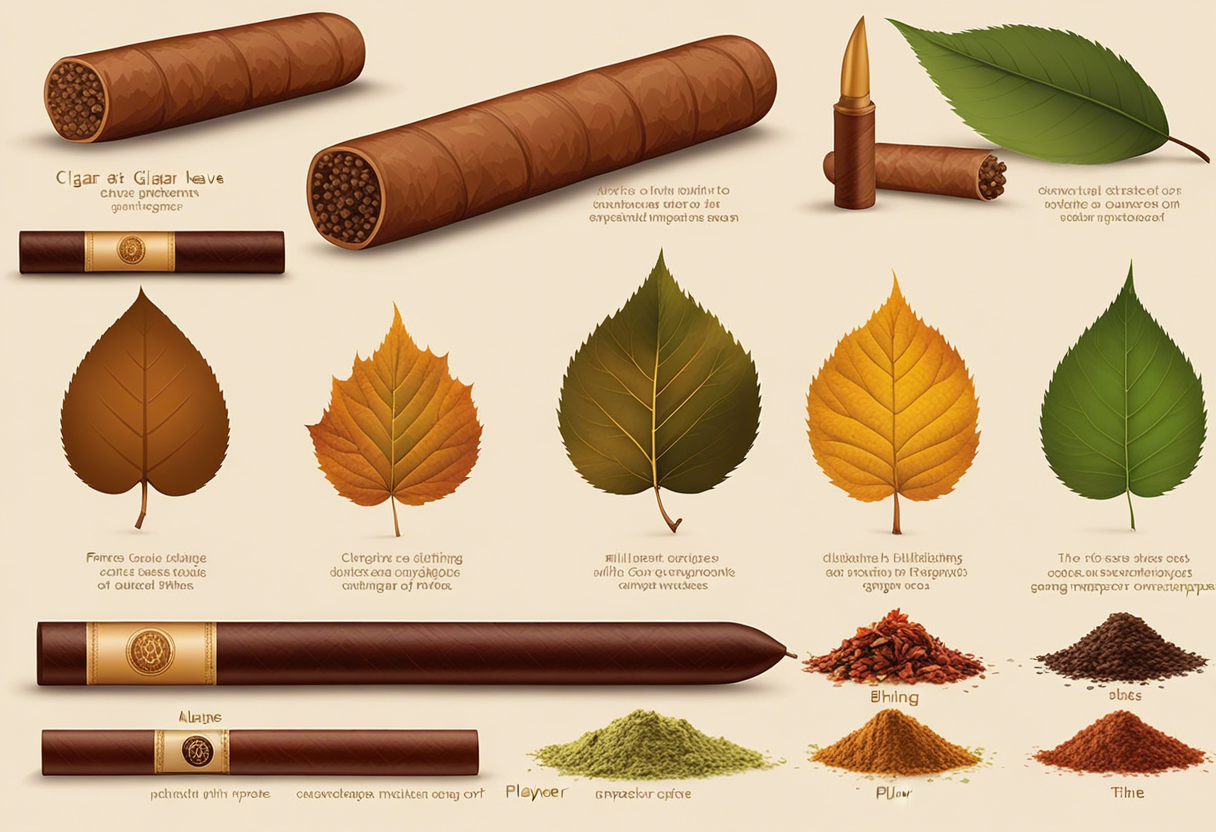
Just as pipe smoking is an art form, so too is the world of cigars. Each detail, from the variety of tobacco leaves used in the cigar, the blend, the way it's rolled, how it's stored, all the way to the way it's lit and smoked, contributes to the overall experience.
The three parts of a cigar - the filler, the binder, and the wrapper - each play a significant role in the taste. The filler, made up of the interior leaves, provides the bulk of the flavor. The binder keeps the filler in place, and while less impactful on the flavor, it can subtly influence the burning characteristics. The wrapper, however, has the greatest impact on the cigar’s overall character and constitutes a significant part of the aesthetic appeal of the cigar.
Blending different types of leaves and from various origins allows for a nuanced flavor profile, proving that the art of cigar-making is indeed sophisticated and complex.
The Ritual of Tobacco Pairing
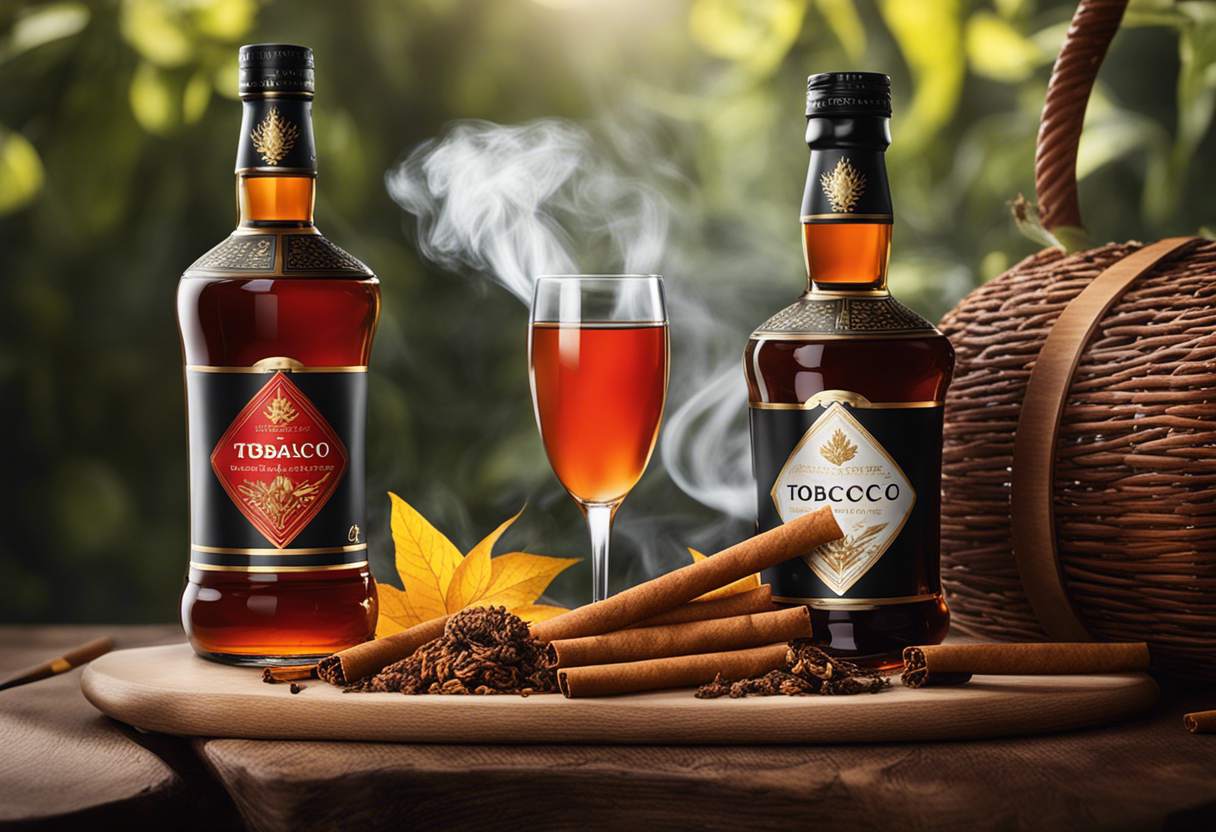
Every tobacco enthusiast appreciates the potential for pairing their smoke with an appropriate beverage. A successful pairing is a marriage of flavors, where each component enhances the other, creating a unique and elevated smoking experience.
Much like wine pairing, pairing tobacco with the right drink is about balance. Robust, full-bodied cigars or pipe tobaccos match well with strong drinks such as bourbon, scotch, or dark rum. On the other hand, milder tobaccos are better accompanied by smoother drinks such as tea, coffee, or lighter wines. The goal is for neither the tobacco nor the drink to overpower the other, but to instead work in synergy for a perfect harmony of tastes.
Evolution of Tobacco Enthusiast Communities
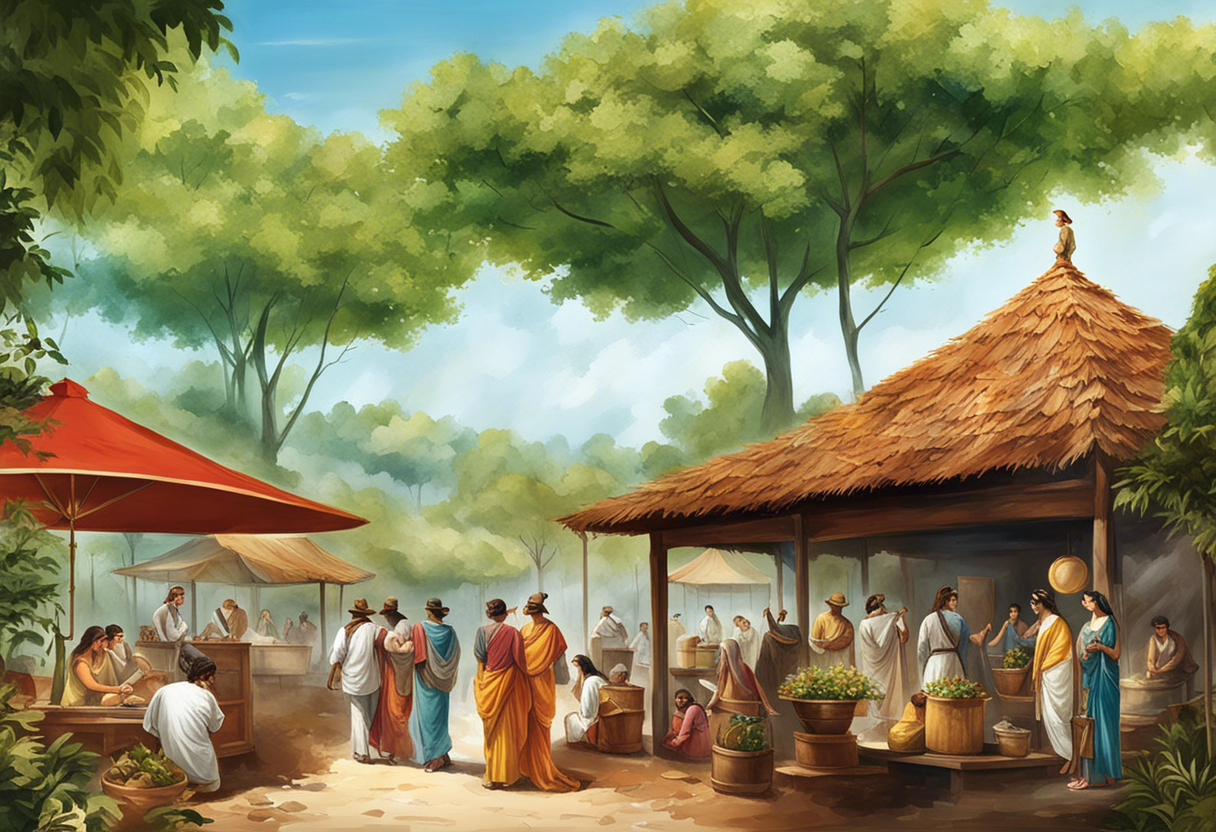
Over the years, the landscape of the tobacco communities has evolved, moving from exclusive clubs and societies to online forums and social media groups, making the pastime more accessible than ever.
These spaces offer tobacco enthusiasts the opportunity to indulge in their fascination with tobacco-related matters, share firsthand experiences, and engage in a collective exchange of knowledge. This communal and social facet of tobacco appreciation helps enthusiasts learn from each other's experiences, from identifying quality cigars and pipes to sharing ways to taste and savor tobacco better. The interaction extends the enjoyment of tobacco far beyond the solitary act of smoking, showing how the love for this leafy luxury has fostered a global community.
Powered by Froala Editor